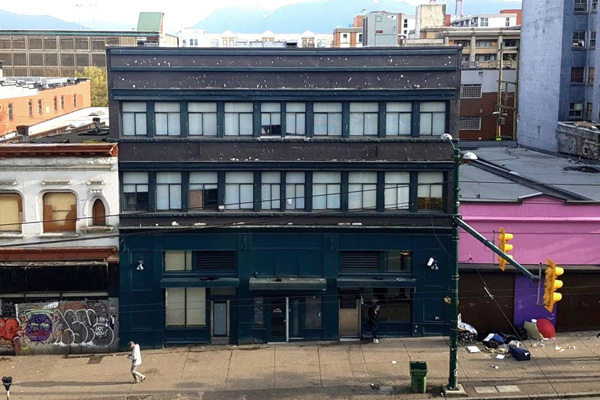Yet it did happen –
July 28, 2020 – California is one of the last areas of the country where “black tar” heroin remains available. The viscous consistency that characterizes black tar means it is difficult for suppliers to mix in fentanyl, the synthetic opioid responsible for the so-called “third wave” of the overdose crisis. Most of the country’s “China white” heroin—of varying consistency but always sold as a powder—was easily adulterated with fentanyl. But California’s black tar provided a modicum of relative predictability (if not security). At least until 2019, when it appears that began to change.
A February 2019 report by Insight Crime confirmed that Mexican cartels were steadily replacing heroin with fentanyl. And among states that saw significant increases in overdose deaths through 2019, California ranks among the top. By 2019, California could have had safe consumption sites operating in several key cities.
Did it have to? By 2019, California could have had safe consumption sites (SCS) operating in several key cities where large drug-using populations reside.
For years, Susan Eggman, assemblywoman for California’s 13th Assembly District, has patiently and repeatedly moved bills through the state legislature that would allow for the establishment of SCS—healthcare facilities where people can bring drugs to inject with clean equipment and under the caring eye of nurses.



